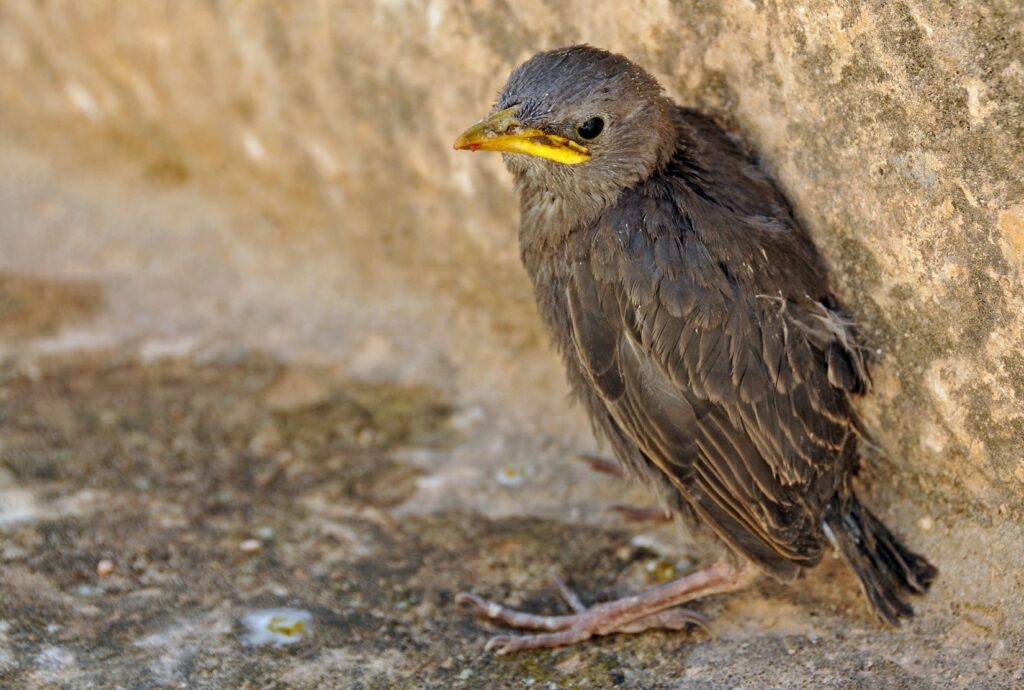
In a scene reminiscent of a dystopian movie, the city of Rome was recently captured in a photograph that went viral, leaving viewers in awe and wonder. The image depicted a sky filled with a dense layer of what appeared to be TV static, as if the world had slipped into an alternate reality. However, this surreal sight was not a glimpse into a technological apocalypse but a natural phenomenon that has occurred for centuries: the gathering of thousands upon thousands of starlings.
A Dystopian Scene
The picture, which circulated widely on Reddit, evoked imagery from William Gibson’s renowned science fiction novel, Neuromancer. The opening line, “The sky above the port was the color of television, tuned to a dead channel,” resonated strongly with the image of Rome’s sky engulfed in an impenetrable veil of black specks. Yet, if one looked closely at the horizon, a faint hint of a sunset struggled to break through the monochromatic haze, only to be overpowered by the relentless mass of starlings.
The Annual Migration

Each autumn, Rome becomes a haven for starlings seeking respite from the harsh climates of Eastern Europe and Scandinavia. With estimates of up to 4 million birds descending upon the city, it is no wonder that they create such a remarkable spectacle. These small, often considered annoying, songbirds are drawn to Rome’s relatively warmer temperatures compared to the surrounding regions. Their arrival turns the ancient city into an otherworldly film set, with the starlings themselves playing the lead roles.
The Challenges of Starling Swarms
However, the Roman population faces challenges beyond the surreal sight. The biggest issue stems from the birds’ inevitable bodily functions—they leave droppings everywhere. Streets, buildings, Vespas, and trees are covered in a thick layer of foul guano, which is particularly oily due to the starlings’ diet of olives from the copious groves surrounding Rome. The city’s residents have grappled with finding effective ways to manage the swarming birds, as their natural predators, such as peregrine falcons, have proven ineffective in curbing their numbers.

Control Measures and Efforts
Various methods have been employed in an attempt to control the starling population. Some residents resort to pruning the trees where the birds nest, while others use loudspeakers to play recordings of predatory bird calls, hoping to instill fear and drive the starlings away. A few even employ trained falcons to intimidate the birds without causing harm. And for those who prefer a more traditional approach, the time-honored method of banging pots and pans remains a popular choice.
While the sight of the starlings obscuring the sky might appear to be an alarming glimpse into a tech-dominated future, it serves as a powerful reminder that nature holds its own wonders and terrors. Amidst the advancements of human civilization, the age-old forces of the natural world continue to awe and humble us. The starlings of Rome are a testament to the resilience and grandeur of the natural world, reminding us that even the most imaginative dystopian visions pale in comparison to the awe-inspiring spectacles nature has to offer.

Leave a Reply